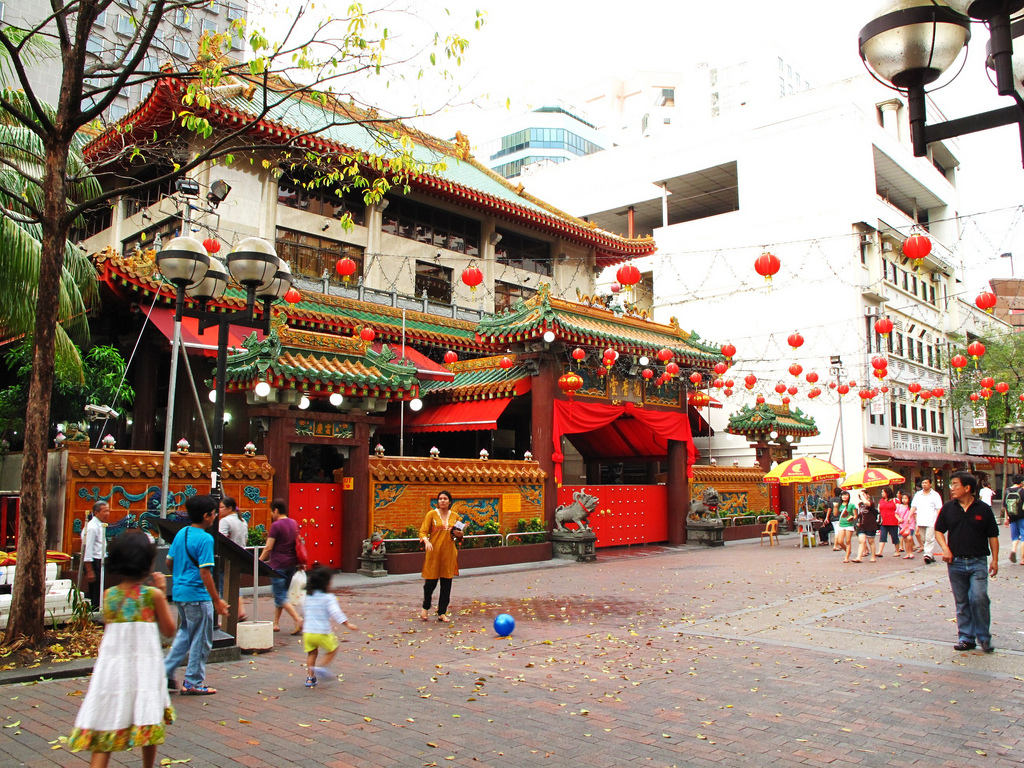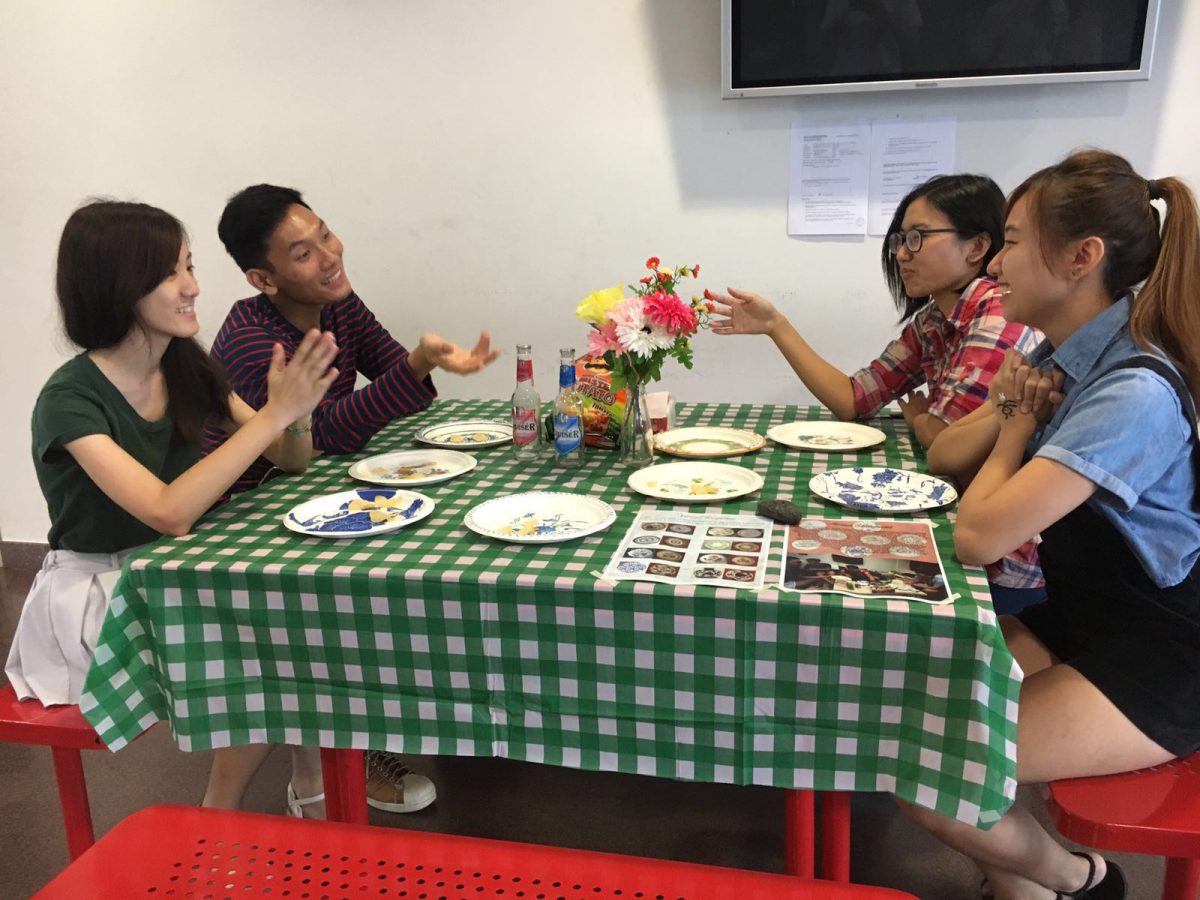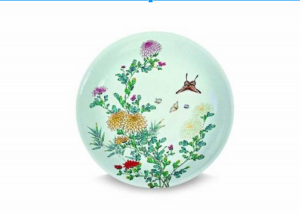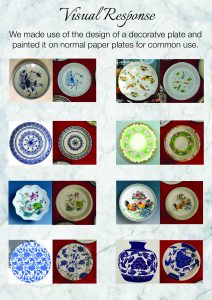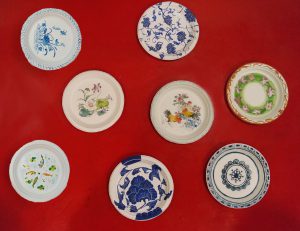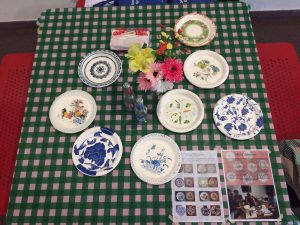What is your favourite Buddhist Temple in Singapore? Why?
I don’t have a favourite Buddhist temple but the most memorable one is the Guan Yin Temple, also known as the Kwan Yin Thong Hood Cho Temple, on Waterloo Street.
Image taken from https://www.flickr.com/photos/40261708@N02/6194545742
My parents pray to Guan Yin so this is a temple that we will frequent, more so in the past then now. It was a temple that I remember going to quite frequently on hot Sunday afternoons. The crowd was terrible and the amount of smoke from the incense burnt would irritate my eye most times. After praying, you could get sweets from the table in front and my dad always took some for us. “It’s for good luck,” he would say and I think my siblings and I were just happy to have sweets. My mother would take chrysanthemum flowers back for blessings too.
Now, when I visit the temple again, it is a place that brings me peace. The crowd is still terrible, the incense not so bad, and the sweets and flowers are still there for people who want to be blessed. Sometimes you see the occasional auntie riffling through the flowers as if she needed to get the best piece. It is a place that holds memories for me but it is also a place where I feel a little closer to a divine presence.
After learning more about Buddhism from Art History and my earlier interests in reading about it, I feel like I can understand the religion better.
